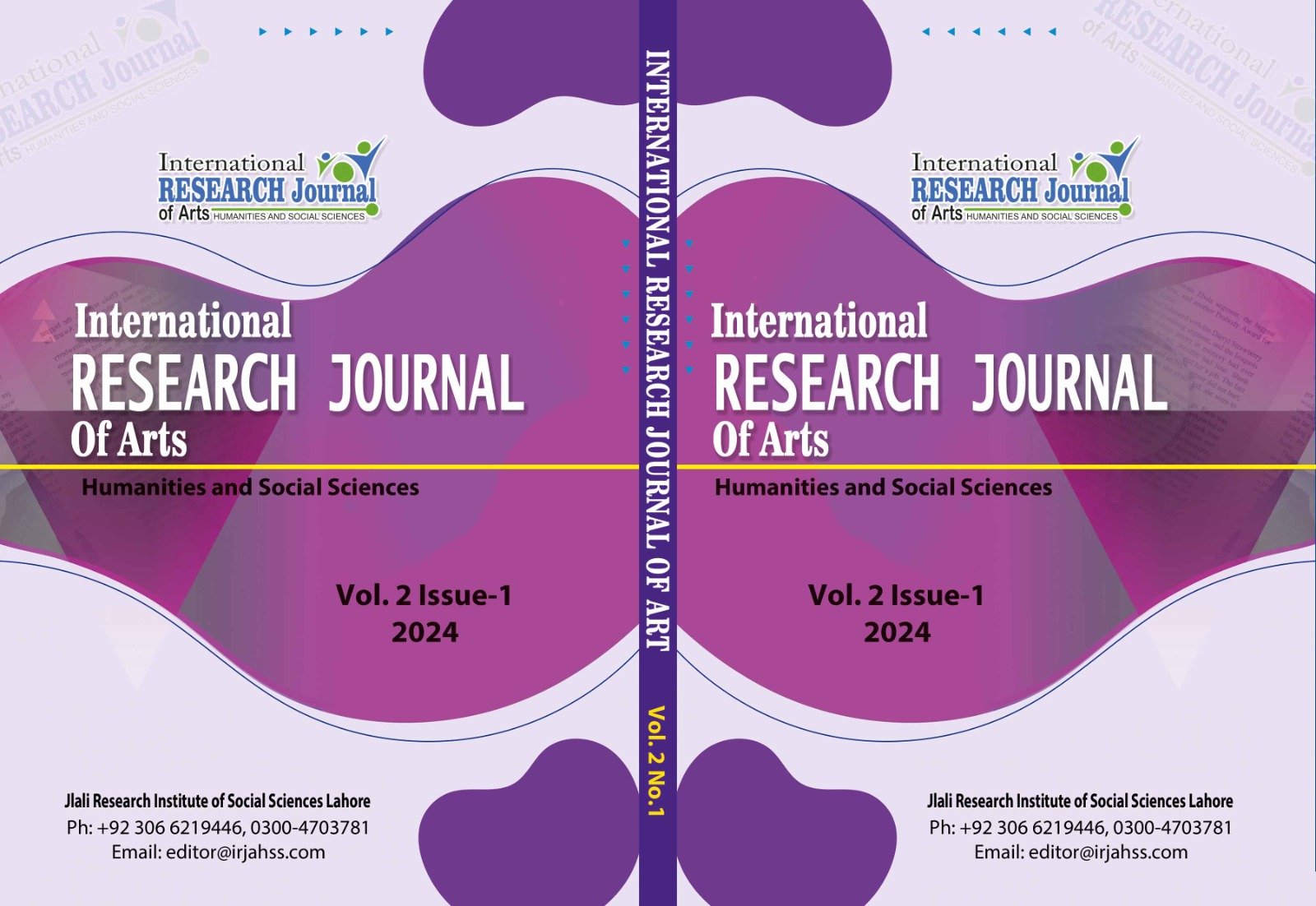Discursive Construction of Femininity: A Critical Discourse Analysis of Women’s Portrayal in Pakistani TV Advertisements
Keywords:
Advertisements, Pakistani television, Feminism, objectification, CDAAbstract
The present study is an investigation of the portrayal of Pakistani Women propagated through advertisements. For the present study, eleven advertisements have been gathered from Pakistani television and their websites. These advertisements consist of soap ads, face wash, shampoo, and cream advertisements. The study aims to explore the female depiction in selected advertisements from consumerists’ perspective. This study unfolds the real image of women in these advertisements and how they are being objectified. According to Martha Nussbaum (1995, 257) it is the “instrumentality” of women. The analysis is constructed on Fairclough’s 3D framework- description (textual features, interpretation (discursive practice), and explanation (social practice). The analysis reveals that women are being objectified and represented as beauty-obsessed, fickle and fragile. The findings of the study determined that these advertisements exploit the marginalized position of women in a patriarchal society and thus play with the emotions of the audience to benefit the producer of such goods. This study also exposes how the ideology of feminism is constructed and reconstructed through such portrayal by foregrounding the stereotypical images of conventional Pakistani women. The language used in such advertisements manipulates the sentiments of the audience.
Downloads
Downloads
Published
Issue
Section
License
Copyright (c) 2024 International Research Journal of Arts, Humanities and Social Sciences

This work is licensed under a Creative Commons Attribution 4.0 International License.
Disclaimer: The International Research Journal of Arts, Humanities and Social Sciences (IRJAHSS) upholds the principles of open access, ensuring unrestricted access to scholarly content to foster the sharing and advancement of knowledge. The opinions expressed in the articles solely belong to the authors and do not necessarily reflect the views or policies of the journal's editorial team, editorial board, advisory board or research institute.






